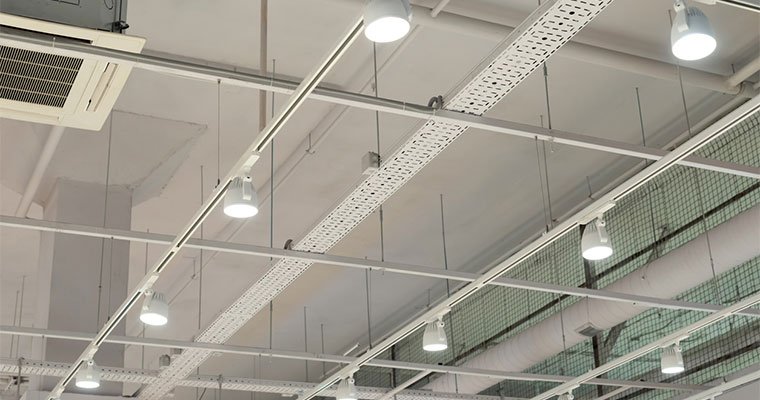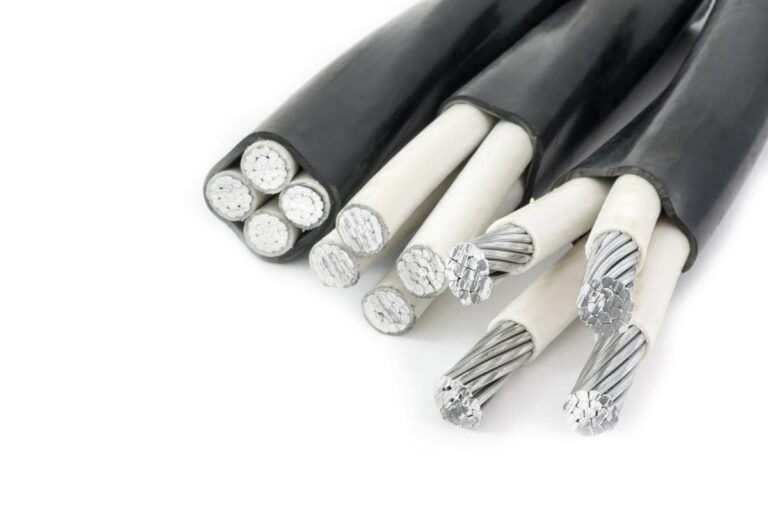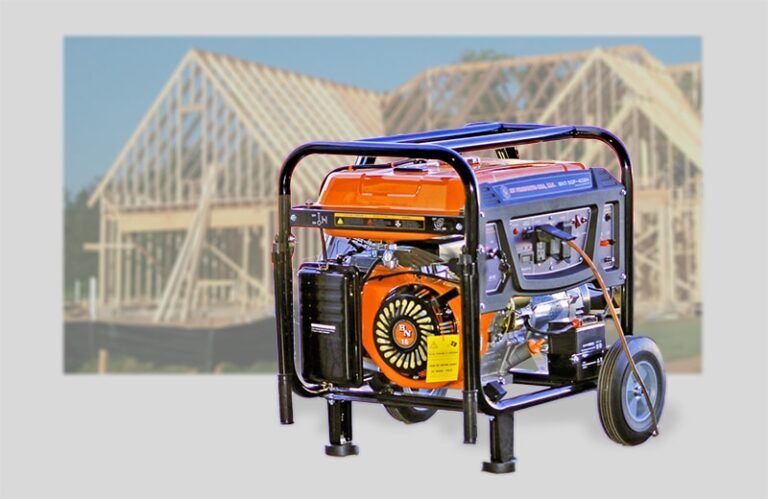The 7 Advantages of LED Over Incandescent Bulbs
In recent years, there has been a noticeable movement in the lighting sector toward eco-friendly and energy-efficient solutions. LED (Light Emitting Diode) illumination is leading this transition, surpassing the performance of conventional incandescent bulbs. This article compares and contrasts LED lighting with incandescent lighting, examining The 7 Advantages of LED Over Incandescent Bulbs.
1. Energy Efficient LED Bulbs Compared to Incandescent Bulbs
The exceptional energy efficiency of LED lighting is well known, and this is a significant advantage in our environmentally concerned age. Compared to incandescent bulbs, LEDs require a fraction of the electricity to achieve the same brightness. LED bulbs are now the go-to option for both homes and businesses due to their average energy savings of 75–80%, which significantly lowers power costs and carbon footprints.
2. LED vs Incandescent Light Bulbs: Extended Life
The longer lifespan of LED bulbs compared to incandescent bulbs is one of their many impressive features. LEDs may shine for up to 25,000 hours or longer, while incandescent bulbs usually burn out after 1,000 hours. Longevity reduces the need for replacements, which lowers maintenance costs for lighting and reduces the amount of waste that ends up in landfills.
3. Durability of LED Over Incandescent Bulbs
LED light bulbs are renowned for their extraordinary robustness and ability to withstand shocks, vibrations, and temperature changes. Since LEDs are made to last rather than break easily like incandescent bulbs do, they are ideal for outdoor application where they can easily withstand inclement weather. Rain, snow, or extremely high or low temperatures have no effect on the dependability of LED lighting, which consistently illuminates without breaking.
4. LED vs Incandescent Light Bulbs: Instantaneous Lighting
LED bulbs eliminate the requirement for an incandescent bulb’s warm-up time by providing instantaneous illumination. In spaces like parking lots, warehouses, and security lighting, where intense light is needed instantly, this prompt response is essential. LEDs also function remarkably well in cold climates, retaining dependability and efficiency even in freezers and refrigerators. Whereas conventional bulbs could struggle, their perfect operation in cold conditions guarantees consistent performance.
5. LED vs Incandescent Light Bulbs: Thermal Production
Because incandescent bulbs produce a significant quantity of heat in addition to light, they are notorious for being inefficient at turning electricity into light, which can be hazardous and wasteful of energy. LED bulbs, on the other hand, produce very little heat, increasing energy efficiency and safety. Because heat generation is undesirable in enclosed environments and task lighting, this feature makes LED lighting ideal.
6. Color Selection and Dimming for LED Over Incandescent Bulbs
With the wide range of color temperatures and possibilities offered by LED lighting, users can customize the atmosphere and feeling of a room. Furthermore, a lot of LED bulbs work with dimmer switches, giving consumers control over the brightness. Although dimmable, incandescent bulbs have fewer color selections and may require greater efficiency when dimmed.
7. The Environmental Impact of LED Over Incandescent Bulbs
Since LED lighting doesn’t contain any dangerous compounds like mercury like CFLs do, it has a lot to offer the environment. LEDs are an essential component of sustainability programs meant to counteract climate change because of their significantly lower greenhouse gas emissions and decreased carbon footprint from electricity use. People that choose LED technology are supporting a healthier planet, environmental conservation goals, and a greener future for the world.
LED vs Incandescent Light Bulbs: The Lighting of the Future
It’s obvious: LED lighting is the way of the future. With its advantages over traditional bulbs in terms of longevity, energy efficiency, and environmental friendliness, LED lighting is the recommended option. LED lights provide the path to a more environmentally friendly society as we work toward a sustainable future. Today, convert to LED lighting to brighten your surroundings and reduce your carbon footprint. Use LED lighting to contribute to the transition towards a future with greater energy efficiency.







